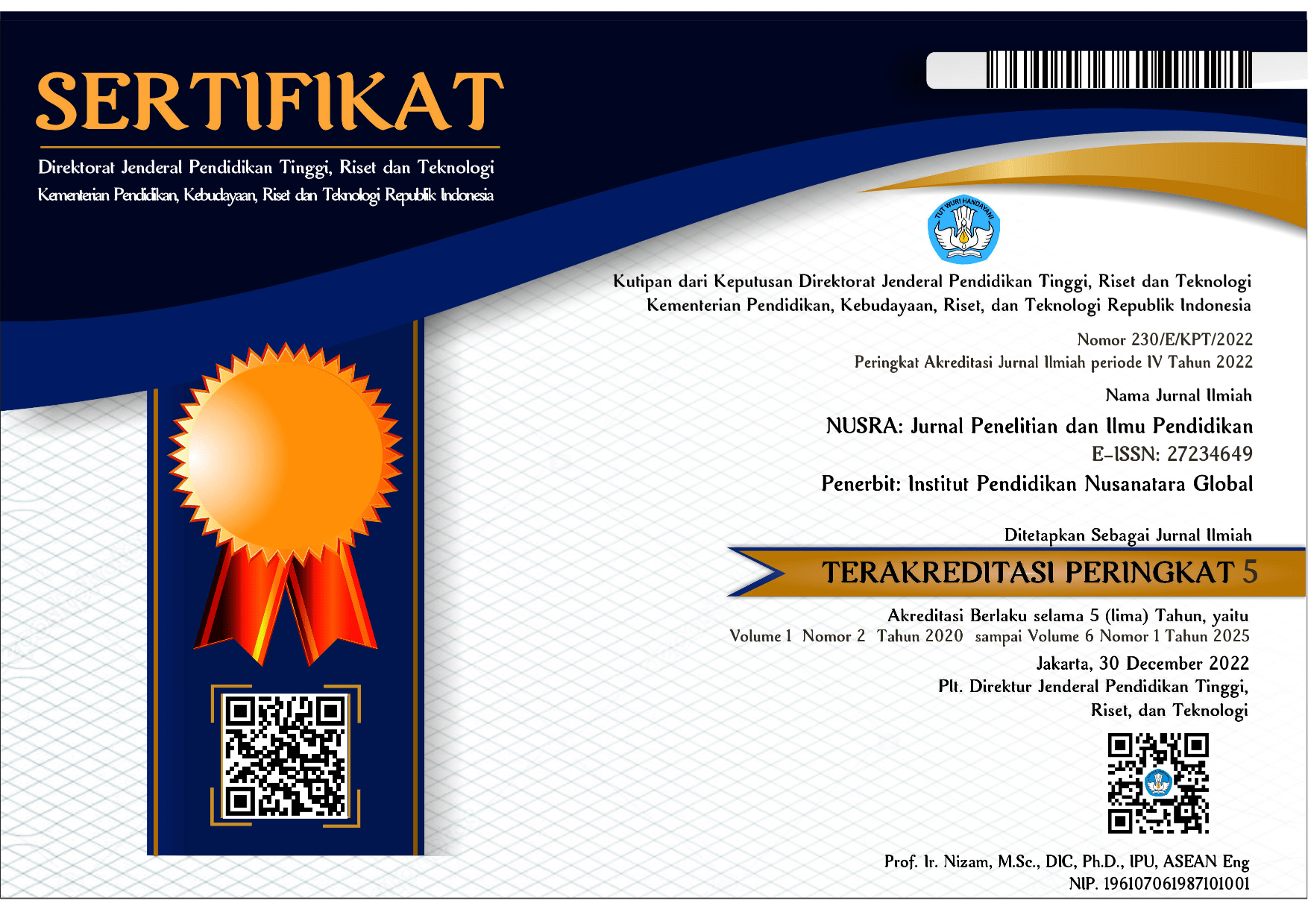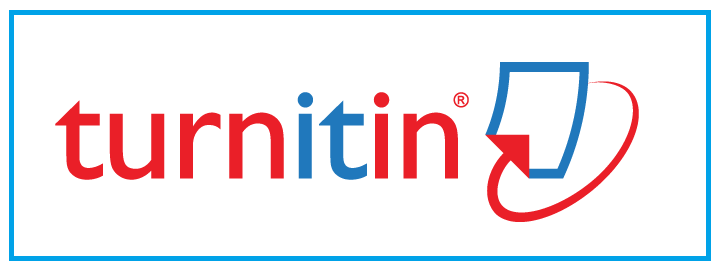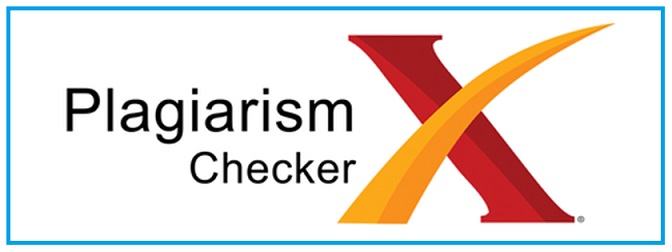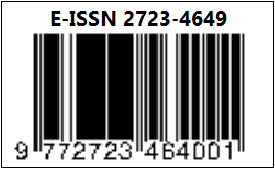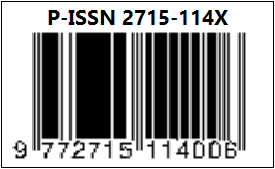STRATEGI PENGEMBANGAN KETERAMPILAN BAHASA INGGRIS MAHASISWA MENGGUNAKAN SELF-REGULATED LEARNING MELALUI DESAIN PEMBELAJARAN MODEL FLIPPED
DOI:
https://doi.org/10.55681/nusra.v4i3.1438Keywords:
Flipped Class Self-learning strategy, English Language LearningAbstract
This study examines the development of students' foreign language skills in learning English using the Flipped learning design which is designed with self-regulated learning strategies. The study was conducted using a quasi-experimental design. While the experimental group received learning strategies through a flipped classroom model designed with a self-regulated learning strategy, on the other hand the control class group received learning strategies that did not use the self-regulated learning strategy of the flipped learning class model. The results of the study show that the self-regulated learning strategy positively influences the development of foreign language skills in the flipped classroom model. A significant difference in support of groups working with the platform included self-learning strategies that excelled in speaking, reading, writing, and grammar test scores. However, based on the findings there is no significant difference in the results of the listening skill test. This Research also concludes that using strategies to help students be actively involved in activities outside and inside the classroom can contribute to improving their basic English skills.
Downloads
References
Adnan, M. (2017). Perceptions of senior-year ELT students for flipped classroom: A materials development course. Computer Assisted Language Learning, 30(3–4), 204–222.
Ahmad, S. Z. (2016). The flipped classroom model to develop Egyptian EFL students’ listening comprehension. English Language Teaching, 9(9), 166.
Amiryousefi, M. (2019). The incorporation of flipped learning into conventional classes to enhance EFL learners’ L2 speaking, L2 listening, and engagement. Innovation in Language Learning and Teaching, 13(2), 147–161.
Bergmann, J., & Sams, A. (2012). Flip your classroom: Reach every student in every class every day. Eugene, OR: International Society for Technology in Education.
Bitchener, J., Young, S., & Cameron, D. (2005). The effect of different types of corrective feedback on ESL student writing. Journal of Second Language Writing, 14(3), 191–205.
Cabı, E. (2018). The impact of the flipped classroom model on students’ academic achievement. The International Review of Research in Open and Distance Learning, 19(3), 203–221.
Chang, S. C., & Hwang, G. J. (2018). Impacts of an augmented reality-based flipped learning guiding approach on students’scientific project performance and perceptions. Computers & Education, 125, 226–239.
Chen Hsieh, J., Wu, W. C., & Marek, M. W. (2017). Using the flipped classroom to enhance EFL learning. Computer Assisted Language Learning, 30(1–2), 1–21.
Cho, M. H. (2004). The effects of design strategies for promoting students’ self-regulated learning skills on students’ self-regulation and achievements in online learning environments. In 27. Chicago, IL: Association for Educational Communications and Technology.
Chuang, H. H., Weng, C. Y., & Chen, C. H. (2018). Which students benefit most from a flipped classroom approach to language learning? British Journal of Educational Technology, 49(1), 56–68.
Egbert, J., Herman, D., & Lee, H. (2015). Flipped instruction in English language teacher education: A design-based study in a complex, open-ended learning environment. Tesl-Ej, 19(2), n2.
Engin, M., & Donanci, S. (2016). Instructional videos as part of a ‘flipped’approach in academic writing. Learning and Teaching in Higher Education: Gulf Perspectives, 13(1), 1–8.
Hosseini, H. M., Ejtehadi, A., & Hosseini, M. M. (2020). Flipping microlearning-based EFL classroom to enhance learners’ selfregulation. Language Teaching Research Quarterly, 20, 43–59.
Huang, Y. N., & Hong, Z. R. (2016). The effects of a flipped English classroom intervention on students’ information and communication technology and English reading comprehension. Educational Technology Research and Development, 64(2), 175–193.
Leatherman, J. L., & Cleveland, L. M. (2020). Student exam performance in flipped classroom sections is similar to that in active learning sections, and satisfaction with the flipped classroom hinges on attitudes toward learning from videos. Journal of Biological Education, 54(3), 328–344.
Lee, G., & Wallace, A. (2018). Flipped learning in the English as a foreign language classroom: Outcomes and perceptions. Tesol Quarterly, 52(1), 62–84.
Lin, C. J., & Hwang, G. J. (2018). A learning analytics approach to investigating factors affecting EFL students' oral performance in a flipped classroom. Journal of Educational Technology & Society, 21(2), 205–219.
Liu, C., Sands-Meyer, S., & Audran, J. (2019). The effectiveness of the student response system (SRS) in English grammar learning in a flipped English as a foreign language (EFL) class. Interactive Learning Environments, 27(8), 1178–1191.
Panadero, E., & Alonso-Tapia, J. (2014). How do students self-regulate? Review of Zimmerman’s cyclical model of selfregulated learning. Anales de Psicología/Annals of Psychology, 30(2), 450–462.
Rahman, A. A., Aris, B., Mohamed, H., & Zaid, N. M. (2014). The influences of flipped classroom: A metaanalysis. Kuala Lumpur: In IEEE 6th Conference on Engineering Education (ICEED).
Rasheed, R. A., Kamsin, A., Abdullah, N. A., Kakudi, H. A., Ali, A. S., Musa, A. S., & Yahaya, A. S. (2020). Self-regulated learning in flipped classrooms: A systematic literature review. International Journal of Information and Education Technology, 10(11),848–853.
Roohani, A., & Asiabani, S. (2015). Effects of self-regulated strategy development on EFL learners’ reading comprehension and metacognition. GEMA Online® Journal of Language Studies, 15(3), 31–49
Shih, H. C. J., & Huang, S. H. C. (2020). College students’ metacognitive strategy use in an EFL flipped classroom. Computer Assisted Language Learning, 33(7), 755–784.
Turan, Z., & Akdag-Cimen, B. (2020). Flipped classroom in English language teaching: a systematic review. Computer Assisted Language Learning, 33(5-6), 590–606.
van Alten, D. C., Phielix, C., Janssen, J., & Kester, L. (2020). Self-regulated learning support in flipped learning videos enhances learning outcomes. Computers & Education, 158, 1–16.
Wang, F. H. (2019). On prediction of online behaviors and achievement using self-regulated learning awareness in flipped classrooms. International Journal of Information and Education Technology, 9(12), 874–879.
Zainuddin, Z., Habiburrahim, H., Muluk, S., & Keumala, C. M. (2019). How do students become self-directed learners in the EFL flipped-class pedagogy? A study in higher education. Indonesian Journal of Applied Linguistics, 8, 678–690. https://doi.org/ 10.17509/ijal.v8i3.15270.
Zheng, B., Ward, A., & Stanulis, R. (2020). Self-regulated learning in a competency-based and flipped learning environment: Learning strategies across achievement levels and years. Medical Education Online, 25(1), 1686949.
Zimmerman, B. J. (2008). Investigating self-regulation and motivation: Historical background, methodological developments, and future prospects. American Educational Research Journal, 45(1), 166–183
Downloads
Published
How to Cite
Issue
Section
License
Copyright (c) 2023 NUSRA: Jurnal Penelitian dan Ilmu Pendidikan

This work is licensed under a Creative Commons Attribution-ShareAlike 4.0 International License.


